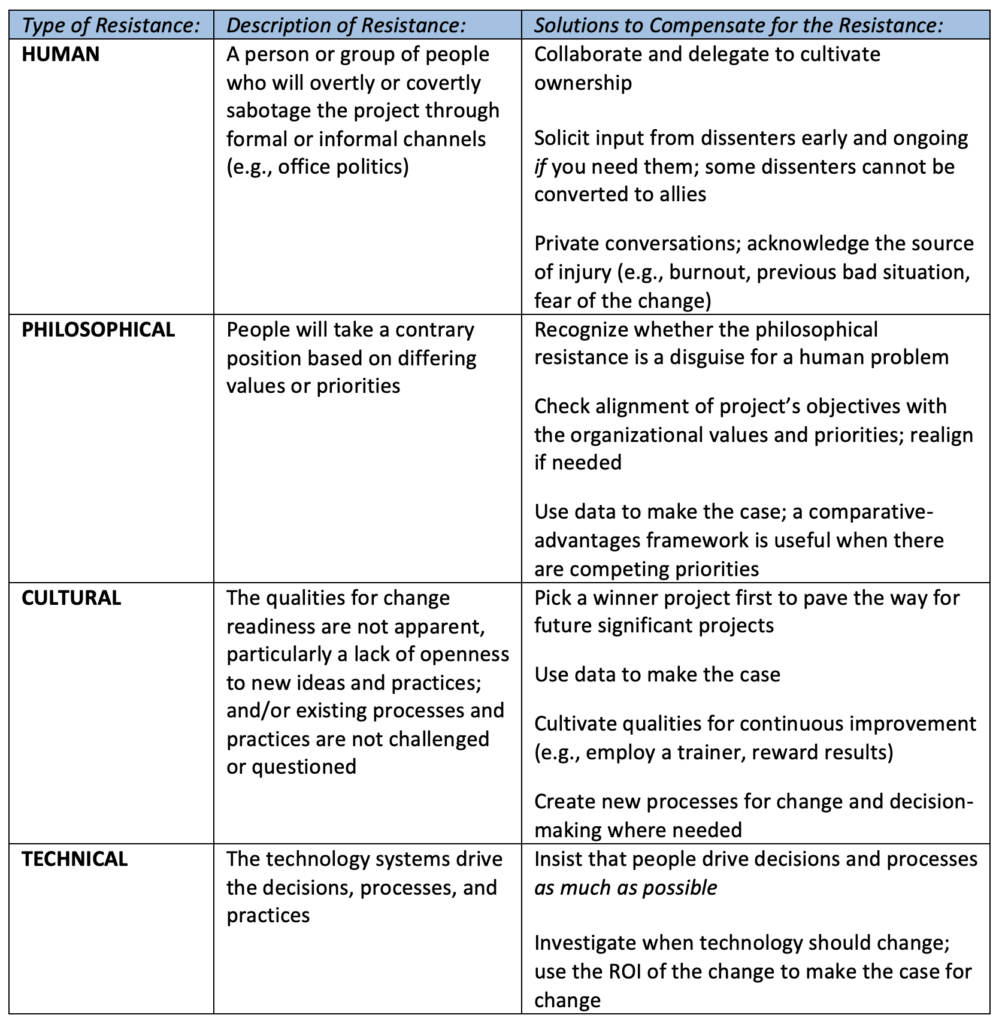There’s nothing GREAT about employees leaving the workforce in the past couple years at higher levels than pre-pandemic rates (Yuan, 2022). There’s also nothing GREAT about students dropping out of college at higher rates than pre-pandemic rates (EDI, 2022). People are quitting, stopping out, saying: ENOUGH.
Do the Great Resignation and Great Dropout have anything in common? What might the commonalities tell us about how we work and educate now?
What is the Great Resignation?
The Great Resignation is sometimes called the “Big Quit,” and refers to the large number of attrition rates in US history, especially for employees in health care and technology (Yuan, 2022).
A 2022 MIT study cited the following reasons for employees leaving, in this order: toxic workplace culture; job insecurity and reorganization; the stress of highly-innovative companies; failure to recognize high-performers’ contributions; and poor responses to the pandemic. Interestingly, higher pay was not high on the list. It was number 16.
More female employees are resigning than male counterparts (Deloitte, 2022). And the exits may not be slowing down, at least in higher education. A third of student affairs practitioners plan to leave the field (Alonso, 2022).
What is the Great Dropout?
College students are leaving school before they complete their degrees, which is the worst scenario. Students have paid into the college system but will not see the workplace reward of a degree.
The students who dropped out early in the pandemic aren’t returning to school (EDI, 2022). Drop out rates are 20% higher for males than females (ThinkImpact, 2021). These drop-out rates are higher than predicted by the demographic cliff, which wasn’t supposed to hit until 2025.
What are the Similarities between Work Resignations and College Drop Outs?
Both stem from burnout.
Employees are burned out from stress, non-work responsibilities (e.g., child care, elder care), and a lack of work boundaries and flexibility. Deloitte’s Women @ Work report found that 53% of women surveyed say their stress levels are higher in 2022 than 2021 and that they feel burned out.
Students are burned out from virtual learning, financial debt, and mental health issues.
It’s all just too much, all at once. People need a release valve from the extreme external pressures faced during the past two years.
The release valve is opting out.
For students, those that dropped out have not returned.
For employees, some are looking for other employment at companies with strong cultures. Others might not return until reliable social supports are in place, such as child care.
The dropping-out behaviors could indicate an anti-organizational movement exacerbated by pandemic conditions. People don’t want to be held to the restrictions imposed by hierarchical organizations. People want more choices, flexibility, and control over what they do and how they do it. They are too burned out to conform to inflexible structures. Perhaps this anti-organizational movement also explains the rise in self-employment over the past couple years.
What Now?
What will be our societal response to the Great Resignation and the Great Dropout? How will the stopping-out behaviors affect societal and economic trends long term? How will hierarchical organizations adapt to this murky, shifting landscape?
Organizations, both within the workforce and higher ed, will likely be forced to evolve. Employees and students are asking for more options, flexibility, and control. The evolution feels painful right now for many. The pain point is the ambiguity inherent in the nature of forced changes. The workforce and higher ed can continue to resist the changes or find ways to adapt that meet organizational goals as well.
Deloitte. (2022). Women @ Work 2022: A Global Outlook.
Hanson, M. (2022). College Dropout Rates. Education Data Initiative (EDI).
Lederman, D. (May 4, 2022). Turnover, Burnout, and Demoralization in Higher Ed. Inside Higher Ed.
ThinkImpact. (2021). College Dropout Rates.
Yuan, L. (March 29, 2022). The Great Resignation Statistics. The Career Project.



